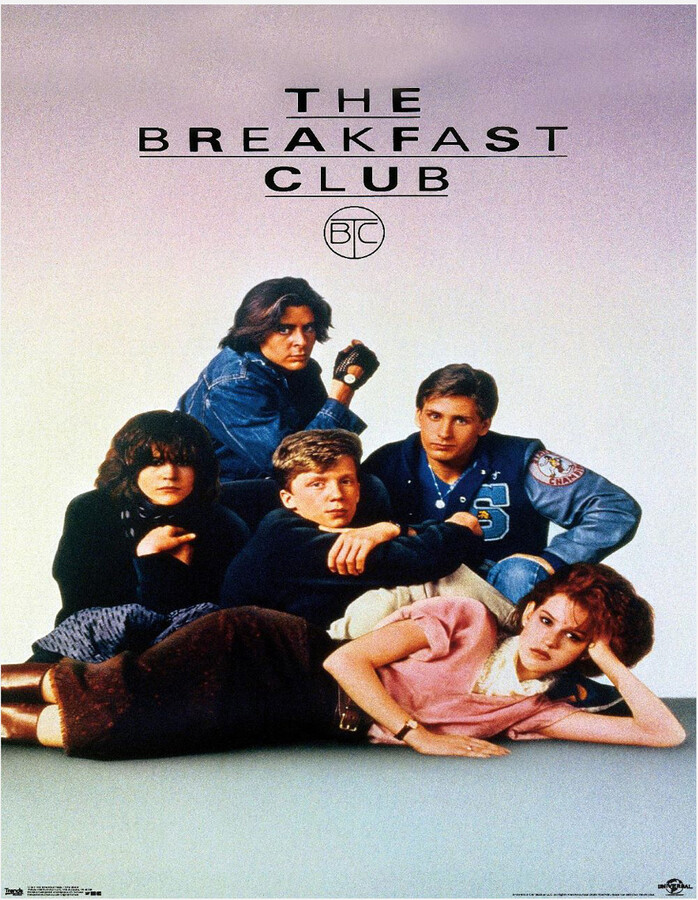By Maria Kimble, Contributing Writer
Helen Gurley Brown was a successful business woman during a time when women struggled to find their place in the workforce. Not only did she fight against her odds but, she turned a failing magazine into an empire followed by millions. Brown inspired a social change through her role at Cosmopolitan magazine. Helen Gurley Brown paved the path for women today.
Helen Gurley Brown was born in Green Forest, Arkansas on February 18, 1922. After her father passed away in 1932, Brown’s mother moved her and her sister to Los Angeles, California. Brown attended John H. Francis Polytechnic High school. Before Helen Gurley Brown went on to run the largest women’s beauty magazine, she valued her education. She excelled socially and academically.
Her mother was her biggest supporter, though she did not support Helen’s feminine side. Helen confessed that her mother would tell her that other girls are prettier, and that the best for her was to stick to the books. Brown was active in several leadership positions in high school clubs and graduated class valedictorian.
After graduation she moved to Warm Springs, Georgia. Where she attended one semester at Texas State College for Women, and then moved back to California to attend Woodbury Business College. After graduating in 1941, her mother and sister moved back to Arkansas while Helen Gurley Brown decided to stay in Los Angeles.
By the time Brown graduated college, women’s roles in society were changing rapidly. Beforehand, women were expected to stay at home, make babies and be a good home maker. Throughout the 1940’s the amount of women in the workforce increased by 25-30 percent. This was a prosperous time in women’s history, and Helen Gurley Brown was at the forefront.
After working various secretarial jobs, Brown’s employer at Cone & Belding recognized her exceptional writing skills and moved her to the copywriting department. Helen wrote ads for several companies and even won prizes for her work. By the late 1950’s she had become the highest-paid female copywriter on the West Coast.
Helen Gurley Brown was a woman who went against tradition. In the 40’s through the 50’s it was socially normal for women to get married before the age of 24. Older women were judged if they did not find a spouse by that time. Helen Gurley Brown embraced her single life until she was 37 years old, and still wasn’t sure she wanted to give up her freedom. She remained unmarried until she met her soon to be husband David Brown, who later became a noted film producer. Women at that time would attract a husband with their homemaking skills but that was not in Helen’s agenda. She was successful and made sure David knew where she stood. David Brown joked that she would pick him up in her new car and made sure to tell him that she paid for it.
David Brown was married three times before Helen and was not sure if he wanted to marry again. Helen had other plans in mind; it was either David or nobody. She made her intentions clear to David; “You are either going to marry me or I am out the door!” Helen told David before she left one day. He then realized he couldn’t live her life without her. They married in 1959 and remained married until David Brown’s death in 2010.
In the 60’s women did not have the same opportunities as men. For example, unmarried women were refused credit cards; if she was married her husband was required to cosign. Yale and Princeton did not accept female student until the early 1970’s. Women also did not experience equality in the workplace. At this time women only earned 59 cents for every dollar a man was to earn.
Senior, Josie Holpp, comments on women during the 1960s. “I often forget what women had to go through in the past. Now that I think about it, I am thankful to be able to go to any college I want to and major in whatever I please. I am glad I didn’t have to go through the hardships that most women had to go through in the 60’s.”
On top of it all it was considered wrong for women to talk openly about sex. In 1962, Helen’s book, Sex and the Single Girl, was published in 28 countries and remained on the bestsellers list for a year. In it, Helen boasted about how it was ‘okay’ and even enjoyable for a woman to live on her own, have her own money, and to have sexual relationships before marriage or never marry at all.
Women in the 1960’s were made to feel freakish and guilty if they wanted to be more than a husband’s wife. Brown had other ideas for women during this time; she was an independent woman and was not afraid to express it. Her mother read an advance version of Helen’s book, and asked her not to publish due to the sexual detail. Helen went against her mother’s wishes and published the book anyway.
Soon after the publication of her book, Brown became editor-in-chief of Cosmopolitan magazine. The magazine was going bankrupt at the time and the publisher was hesitant to hire the best selling author. With a push from Helen’s husband, she became editor-in-chief in 1965. Cosmopolitan was revamped into a magazine for the modern single career-woman.
Her part at Cosmopolitan was often called the sexual revolution because Helen claimed women could have it all – “love, sex and money.” Brown was outspoken advocate for women’s sexual freedom and wanted to provide role models in her magazine. Young women today still look to Cosmopolitan magazine for advice.
Junior, Kimberly Bland, is an avid reader of Cosmopolitan. “I think Cosmopolitan magazine is great for young women today because the authors answer all the questions young women might have about their bodies, sex or even about life that are just too awkward to ask a friend,” said Kimberly.
Brown turned Cosmopolitan from a failing publication on the brink of bankruptcy into one of the most widely sold magazines. She went into the business with no editing experience during a time women struggled to find a place in the work field. She gave women the freedom to know that women do have sexual desires and that it was ‘okay’ to express their feelings.
She looked fabulous and did not let anyone damper her spirit even though some tried. Betty Friedan, a famous author, disliked what Brown did with her book and in the magazine. She said her publications were “anti-feminist” and “immature teenage-level sexual fantasy”. Brown believed she was a feminist but that was contested by others. Others looked at her work both ‘progressive and retrogressive’ when it comes to the feminist movement. Some people today still have mix feelings about Cosmopolitan magazine.
Senior, Christian Mikula agrees with Betty Friedan. “I would have to agree that Cosmo is sexist in the way of internalized misogyny. The magazine seems to portray female consciousness as little more than a struggle to find new ways to please your man,” said Mikula.
Former West Liberty University professor, Kristi Howard, understands the point of view of Cosmopolitan magazine, but can see where there is controversy. Howard said, “ I think Cosmo has the right idea – of course it isn’t shameful to be sexual, and something that encourages women to break out of the sexual repression that our society has pushed upon us is good. However, a lot of the content in Cosmo focuses on pleasing a man and looking the way society feels is best.
It’s definitely possible to get the wrong ideas from Cosmo, particularly if the magazine is a female’s only point of reference,” said Howard. “Women are inundated with articles, videos, and advertisements about how to please their man, how to look good in heels, etc., so Cosmo merely adds to the mess, even if they do include some feminist content.”
Brown believed that Cosmopolitan magazine had helped women take a look at their roles and change them. Helen Gurley Brown’s role at Cosmo allowed her to empower women to be unashamed of their sexual urges and to take charge of their life. Cosmo is about being yourself and not letting others bring you down and to march to the beat of your own drum.
Helen Gurley Brown definitely broke the mold in all of her work. She went against the norms of her time, and created a path for women to walk unashamed. Brown lead an empire of a sex magazine during a time when it was considered taboo to speak on the topic.
She was the highest paid copywriter during a time women earned half of the dollar a man would. In 1997, Brown moved on from her role as U.S. editor of Cosmopolitan. When she left, her magazine was ranked sixth in the newsstand for sixteen straight years. Even after leaving her throne at Cosmopolitan she remained the international editor for all 59 international editions of Cosmo until her death on August 13, 2012.
At the time of her death, New York City Mayor Michael Bloomberg said, “Today New York City lost a pioneer who reshaped not only the entire industry, but the nation’s culture.” Helen Gurley Brown was an innovative woman who fought against her odds to influence women all around the globe.
Good girls go to heaven. Bad girls go everywhere. – Helen Gurley Brown.
Photo credit: Entertainment Weekly













